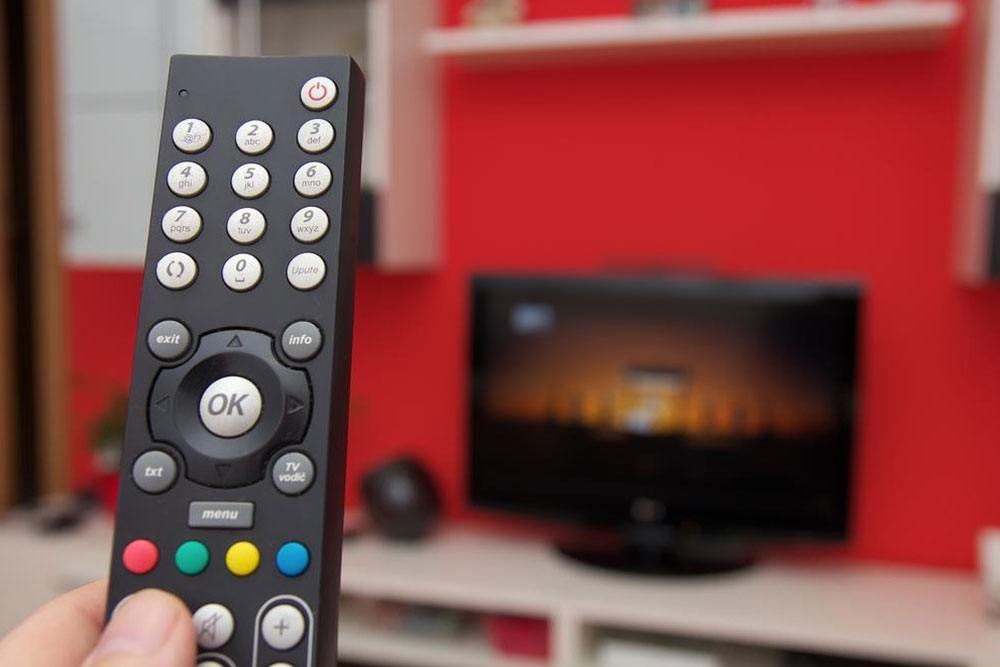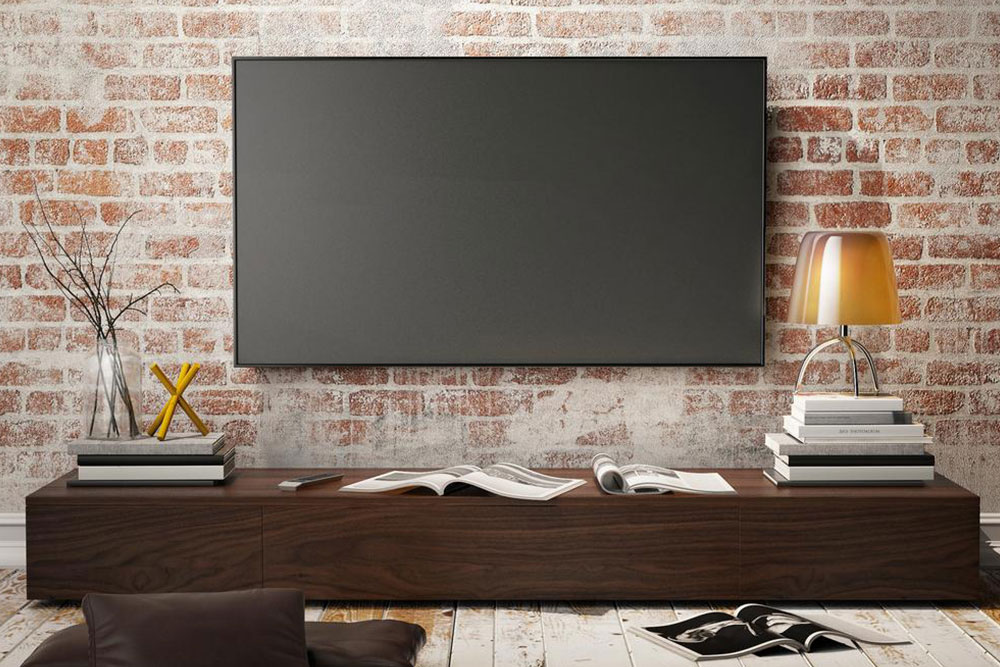Comprehensive History and Evolution of Cable Television
This comprehensive article explores the history, technological evolution, and modern developments of cable television, highlighting its significance in home entertainment and communication. It covers its origins, growth through satellite and digital innovations, and the future with smart and high-definition content. Learn how cable TV has transformed alongside technological advances and remains a crucial part of global entertainment, offering bundled services and on-demand content to meet modern consumer needs.

Cable television has revolutionized the way households access entertainment, news, and information around the world. Its development is rooted in the desire to extend broadcast signals beyond traditional over-the-air antennas, especially to remote and underserved areas. Since its inception in the late 1940s, cable TV has undergone remarkable growth, technological advancements, and diversification of services, fundamentally transforming the entertainment industry and consumer lifestyles.
In the initial stages, cable TV was primarily a means to relay television signals to rural or geographically isolated regions that could not receive clear over-the-air broadcasts. The first commercial cable systems emerged in 1948, utilizing coaxial cables to transmit signals from local broadcast stations directly to subscribers' homes. These early systems helped address the limitations of traditional terrestrial broadcasting by providing a more reliable and higher quality signal. The early cable systems were often limited to a few channels, typically including local stations and community programming.
Throughout the 1950s and 1960s, cable television experienced gradual expansion, driven by technological innovations like antenna amplification and improved cable infrastructure. During this period, cable systems began to acquire and relay distant TV signals, including those from distant cities, a practice known as off-air relay. This development led to the proliferation of more channels and the ability to deliver programming that was not locally available, giving viewers access to a broader range of content.
The 1970s saw further advances with the introduction of satellite technology, which allowed cable providers to receive and distribute content from far-flung locations with greater clarity and variety. This era marked the beginning of the modern cable TV industry, characterized by an increase in channel choices and the start of premium and specialized channels. Also, cable TV started to be associated with subscription-based models, where consumers paid monthly fees for access to a package of channels, moving away from the earlier a la carte approach.
In the 1980s and 1990s, cable television experienced explosive growth due to deregulation and technological innovations. The advent of digital cable, which provided clearer images and more channels, revolutionized viewers’ options. During this period, cable companies began to bundle services such as high-speed internet and digital phone services, transforming them into comprehensive telecommunications providers. Major companies like Xfinity, Spectrum, Cox, Verizon Fios, and Optimum emerged as key players in the cable TV industry, competing fiercely for market share.
One of the most significant developments in recent years has been the advent of high-definition (HD) and 4K Ultra HD content, greatly enhancing picture quality. Digital compression technology has enabled the transmission of dozens, sometimes hundreds, of channels within a single cable line. Additionally, the rise of on-demand streaming services has challenged traditional cable packages, prompting cable providers to adapt by offering customizable plans, streaming apps, and integration with internet-based content.
Modern cable providers now offer a suite of bundled services, combining TV, internet, and phone services into single packages that provide convenience and cost savings. Major companies optimize their offerings for various consumer needs, ranging from basic news and entertainment channels to premium, shiny HD and 4K programming, as well as access to on-demand shows, sports packages, and international channels.
To maximize value, consumers are encouraged to compare different cable packages based on price, channel selection, internet speed, and additional perks. Investment in high-quality televisions is also essential to enjoy the full benefits of modern cable content, particularly as 4K and smart TV functionalities become standard. Promotional discounts and special sales events, especially during Black Friday and holiday seasons, provide excellent opportunities for consumers to upgrade their home entertainment systems at reduced prices.
Looking ahead, the evolution of cable television continues with technological innovations like 8K broadcasting, virtual reality (VR) content, and smarter, more interactive viewing experiences. As internet connectivity improves globally, an increasing number of consumers are shifting toward internet-based streaming platforms, yet cable TV remains a vital part of the entertainment and communication ecosystem for millions around the world. It continues to evolve, integrating with digital platforms and smart home technologies to meet the dynamic needs of modern consumers.
In conclusion, cable television’s journey from simple signal relay to a multifaceted communication and entertainment platform illustrates its resilience and adaptability. Despite challenges from new streaming services, cable TV's ongoing advancements in technology and service bundling ensure it remains a relevant and vital component of home entertainment for years to come. Whether for news, entertainment, sports, or international programming, cable TV continues to serve a broad and diverse audience worldwide, reflecting the dynamism of technological progress and changing consumer preferences.




